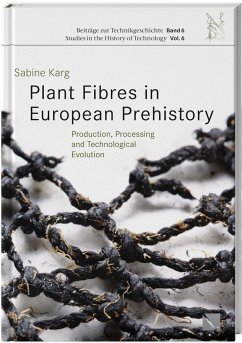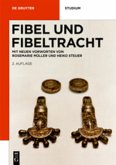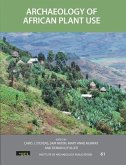Humans always needed to wear clothing in the temperate climate zones of Europe at least during the cold months in winter times. For collecting food and to fix or lash things, containers and binding material were basic consumer items at all times. Archaeologists use the term "textiles" as an umbrella term for all those items: clothes like shoes, capes, hats, ropes, nets, sieves or containers. Caused by specific preservation conditions these finds are rare and only little is known about the frequency and the material of which these textiles were made of in past times. The aim of this monograph is to present potential plants that were used to produce textiles from the fibres that can be extracted of them. The availability of different fibre plants during the different time periods will be discussed, as well as their processing and the productional methods from the fibre to the end product. Experiments were conducted during the last years in order to better understand the technological processes of producing single textiles. The reconstructions based on selected archaeological finds helped a lot to gain a better understanding about the amount of raw material and the time that is needed to produce the single items. A challenge is posed to the determination of the raw material of archaeological textile finds. But due to innovative methods, as for example scanning electronic microscopy, micro computed tomography and ancient DNA analysis (a DNA) more knowledge about the basic raw material and also the production methods of ancient textiles were cumulated during the last decade. Examples of famous textile finds are given.








